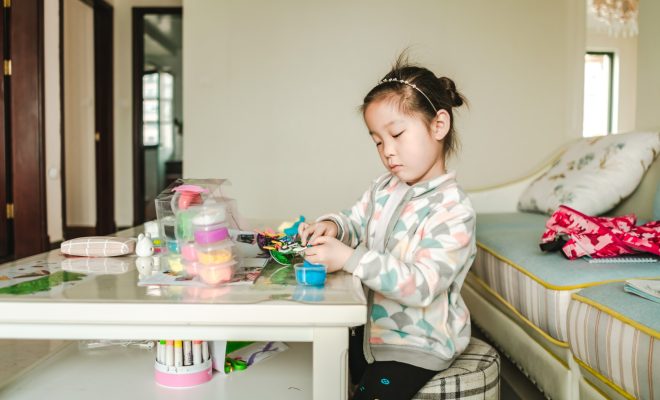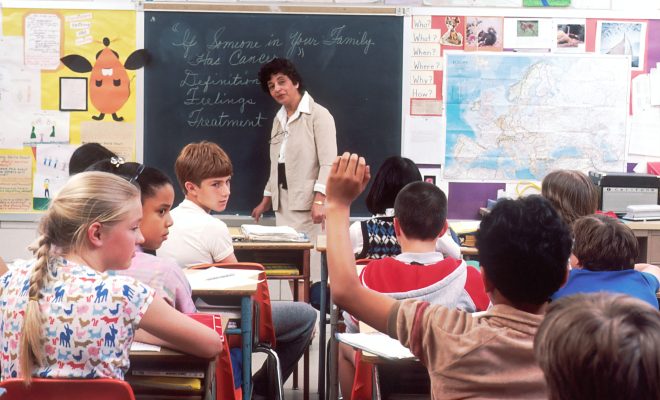Assistive Technology to Help Students with Behavioral Disabilities Succeed Academically

Behavioral disabilities can be challenging for educators because there seem to be very few aids available. The struggling students can be very disruptive to the classroom experience, making it hard for others to learn. As edtech begins to play a more prominent role in our school districts, teachers may want to consider that assistive technology could help. The right tools might assist students when it comes to better organizing their tasks and coping with the demands of the classroom setting.
Assistive technology could be the ticket that teachers need to help students with behavioral disabilities thrive in the classroom setting. Examine this list of the top recommendations for these students to see what your classroom could actually use.
Text-to-Speech Software
Behaviors tend to be more prominent when a child is faced with too much stress. For many of these students, the actual work expected of them in the classroom setting can be a trigger for more behaviors. Reading can definitely be one of these tasks that prove to be too much for their frustration tolerance. A text-to-speech software such as that found within the Microsoft programs could be an ideal solution. Students can sit back and listen while the computer or tablet reads to them, preventing them from trying to engage too many brain systems at one time.
Reminder Devices
Students with behavioral disabilities tend to be easily distracted, and their mind may wander during lessons. A reminder device such as a vibrating watch might be a good way to get their attention back. This quietly prompts them to refocus on the task at hand without teacher intervention. As a result, they can feel significantly more independent when teachers have fewer reasons to chastise them.
Voice Recognition Software
Many computers or tablets have voice recognition software built into their platform. If a student struggles with the physical act of writing or translating their thoughts onto paper, teachers may need to consider allowing them to use this software. This gives them an opportunity to say what they would like to put on paper while the computer handles the rest. This can avoid the frustration that comes from a lack of fine motor skills or the inability to concentrate.
Talk Light
Noise sensitivity can be a big issue among students with behavioral disabilities. The overstimulation from their environment can become a major trigger for their behavior problems. Teachers should be mindful of the volume inside their classroom at all time. Assistive technology can help you to monitor it with the Talk Light. This provides educators with a tangible way to realize when volumes are reaching unacceptable levels for sensitive students. By preventing this situation, you might be able to ward off some of the negative behaviors.
Behavioral disorders are a unique challenge for educators. There used to be very few resources available apart from low-tech options like behavior charts. Now, you can find several types of assistive technology that can help to improve student behavior. Consider what your students might benefit from in the classroom this year.






